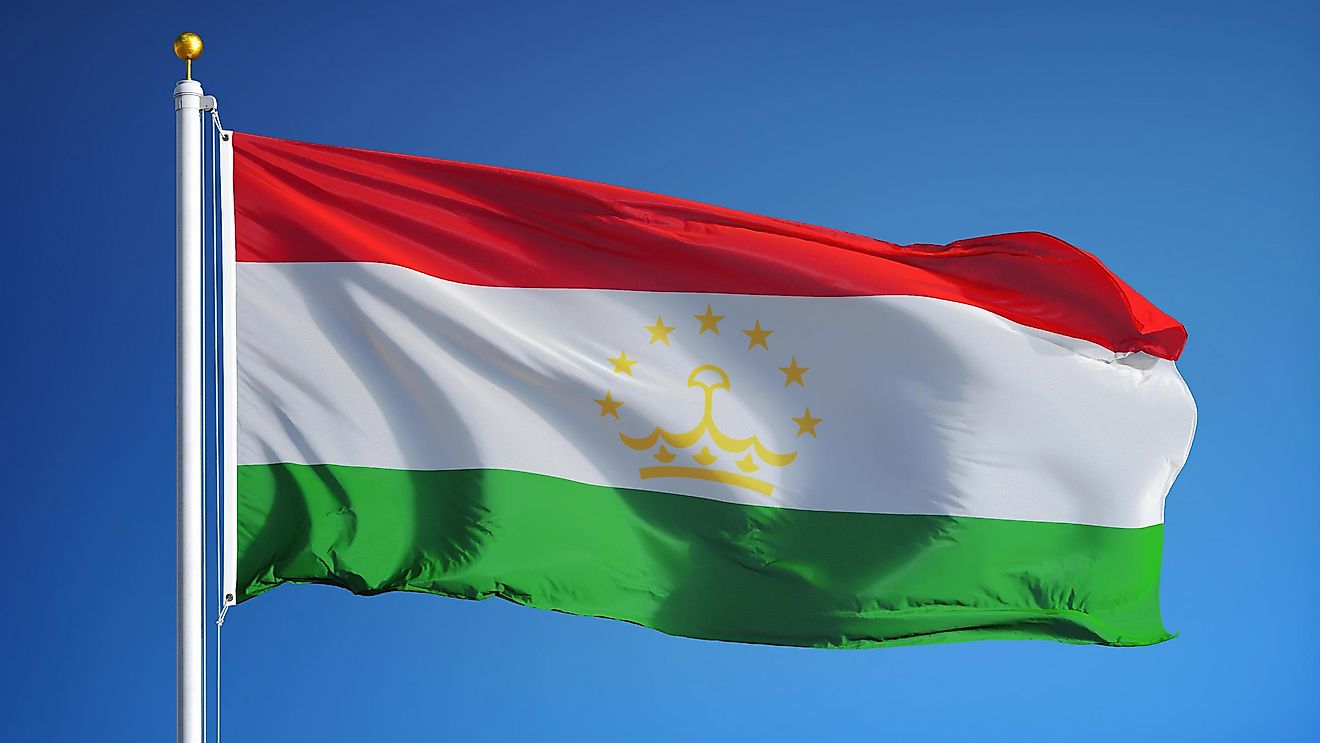What Type Of Government Does Tajikistan Have?

Government Of Tajikistan
The government of Tajikistan operates under a presidential republic system, which means the president acts as both head of state and head of government. Tajikistan has gradually moved toward more political stability in recent years. Its status as a prior member of the Soviet Union left the country in political turmoil after its independence in 1991. The country has struggled with civil war, Taliban control, drug trafficking, and violence. The constitution of Tajikistan, established in 1994 and last amended in 2003, outlines a separation of political powers through 3 branches of government: executive, legislative, and judicial.
Executive Branch Of The Government Of Tajikistan
The executive branch consists of the president, prime minister, and Council of Ministers. The president of Tajikistan is elected by a direct vote, which means the general population submits ballots for the candidate they want in office. As of 2003, the presidential office is limited to 2 terms of 7 years each.
The prime minister is appointed by the president to head the Supreme Assembly and ensure that the Council of Ministers carries out legislative duties as enacted by the legislative branch. The Council of Ministers was previously made up of 19 ministers, 9 committee directors, and 2 deputy prime ministers. After the 2006 presidential election, President Rakhmon eliminated 10 minister positions and 5 committees.
Legislative Branch Of The Government Of Tajikistan
The legislative branch of government is made up of the Supreme Assembly, which has been a bicameral body since 1999. This legislative body is separated into 2 divisions: the Assembly of Representatives and the National Assembly. Together, these groups work to pass legislation and regulations that must be carried out by the Council of Ministers in all government functions.
The Assembly of Representatives is considered the lower legislative house. It has 63 members, who are elected to serve a 5-year term. The election process for representatives varies: 41 are elected based on a single-seat per constituency method and 22 are elected based on proportional representation. The Assembly of Representatives meets from November through June each year. Currently, the People’s Democratic Party holds majority representation with 51 seats.
The National Assembly acts as the upper house of the legislative branch. It has 33 members, who are either elected or appointed to serve 5-year terms. The president appoints 8 seats, while the other 25 seats are elected by local-level assemblies. The National Assembly convenes two times a year.
Judicial Branch Of The Government Of Tajikistan
The judicial branch of Tajikistan operates independently of the executive and legislative branches. The legal system is often influenced by bribery and corruption, and the constitutional rights of citizens are often overlooked. The country's hierarchy of courts begins at the local level and continues through the district, regional, and national levels. Most cases are first heard by local level courts, and may then be appealed to the next highest level.
The president appoints judges to serve 10-year terms for the following national-level courts: the Supreme Economic Court, the Constitutional Court (which hears cases concerning the interpretation of the Constitution), and the Supreme Court (which serves as the highest court of appeals in the country).







